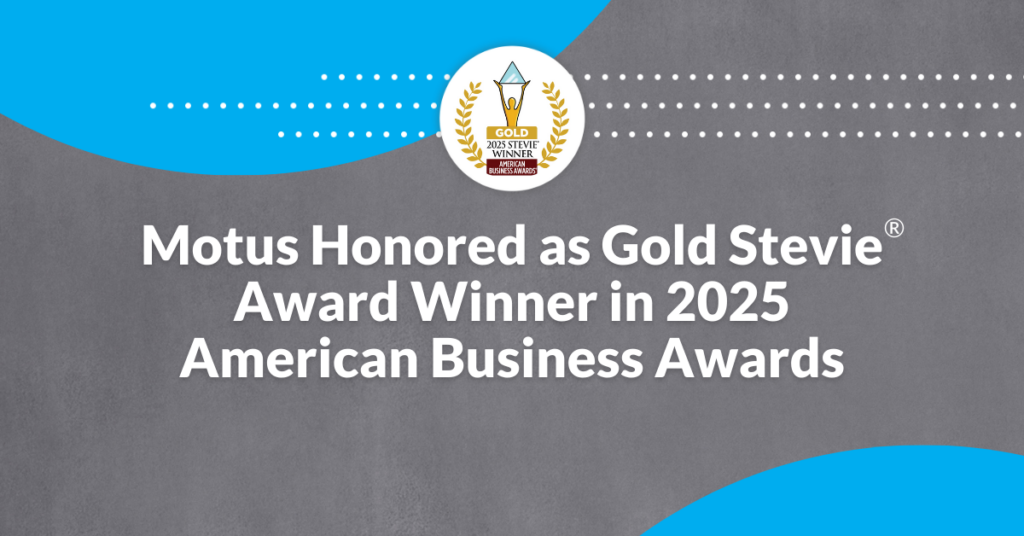Modern Problems, Modern Solutions
Driving down a slick, sweeping highway in Germany, Jeff copilots a car fitted with a multitude of sensors, an array of mobile devices tracking even the barest of movements. His hands, as you might imagine, are full scanning the many screens and jotting down information spewing from his test rig. Jake, in the driver’s seat, typically a laid-back guy, is visibly concentrating on the road. It’s difficult to ignore the distracting beeps and clicks sounding from the testing software, but weaving through left lane traffic at well over 125 MPH on the autobahn just outside Frankfurt requires every bit of his attention.
A few weeks earlier, at the Motus headquarters in Boston, we’d received some puzzling information. Our partners in Germany were testing our mileage capture solution, and it seemed that our tracking algorithms had a problem. Typical test drives were failing to capture chunks of mileage data. Bored through start to finish records sat random gaps of missing information.
A few hundred miles of testing later, we were not able to replicate any of the reported scenarios. No matter what conditions we tested under at home, the enigma remained. With no significant change in results, there was only one thing to do. Pack our bags and fly to Frankfurt. Several hours later, jet-lagged and bratwurst-fueled, we were on the road, testing.
In minutes, we saw our model’s flaw. We had not designed our system to account for sustained high-speed driving. Speeds well over 100 MPH being the norm on German autobahns, this was going to be a problem. We trained our tracking models under somewhat ideal conditions. Now we needed to retrain them based on new environment data. Which sent our engineers back to the drawing board for another crack at our new mileage modules.
Further Down the Road
All of this happened well over a year ago. Since then we have come a long way in solving this particular problem, and other interesting challenges. We’ve also successfully launched newer versions of our world-class mileage capture mobile solution; versions that work efficiently both at home and internationally within our partner ecosystems.
But the story raises two questions related to product innovation using Artificial Intelligence (AI) and Machine Learning (ML) models. First, how much simulation is required before a model is ready for the real world? And second, as we contemplate our product strategies for the future, how do we leverage AI/ML technologies to bring solutions to our customers and end users in a predictable manner?
AI and Machine Learning Applications
We’ve learned that traditional software practices are not always congruent to AI-based solutions. Yet the constant of rigorous testing and simulation of the model with new kinds of data remains. We benefit from having a lot of driver data given our market-leading position in mileage capture for more than a decade. But, with volume comes noise. We have to continually clean and classify data to ensure successful, predictable outcomes. To that end, we’re looking at building simulators where a virtual driver can push the limits of our applications on any highway in any country in a matter of seconds.
As we look to future product milestones with AI and machine learning in mind, we see a pragmatic mix of Robotic Process Automation, ML and other AI strategies. These will drive product innovation, only limited by our imagination and curiosity. Just look at the core product lines of Motus: Vehicle Reimbursement, Driver Safety, Fuel Savings and other Driver based services. Each has a need to leverage these technologies to drive real transformation that will benefit users. I will delve into these in future posts, but here are some high-level observations on each.
Motus and Machine Learning
Our vehicle reimbursement models are robust and flexible with changing environmental conditions. We’ve removed unnecessary complexity, creating a highly predictable, explainable model for our end users as it relates to Fixed and Variable Rate (FAVR) reimbursement.
In the last decade, mileage capture has become commonly available. Still, solving our drivers need for accuracy and optimal battery savings remain our foremost objective. We continue to innovate on a variety of methods ranging from the use of beacons and Bluetooth to prediction methodologies that achieve these goals.
Given our robust datasets around trip and vehicle information, there is great potential in providing drivers fuel price efficiencies with our fuel savings programs. We are looking at using a combination of mapping and ML techniques for data correlation to direct drivers to cheaper fuel locations along their routes.
In a world where accidents are on the rise especially due to distracted driving, we are building comprehensive solutions that utilize reactive and real-time data to analyze driving weaknesses with the help of ML. Based on scores, drivers are able to leverage virtual training programs to refresh driving skills.
The Road Ahead
So yes, we have a lot of new and innovating thinking going on at Motus. Our customers and end users will see these ideas manifest themselves through our products, the products they use every day. As we deploy more AI-related solutions, users will benefit from enhanced features and easy-to-use interfaces where the models and algorithms do the heavy lifting and repeatable processes are replaced with higher value offerings that continue to make a difference to our customers’ strategic goals.




